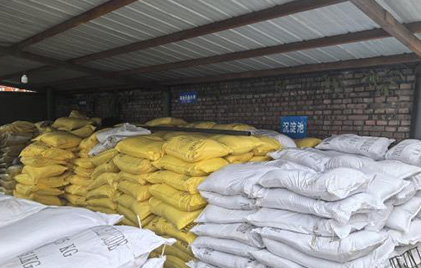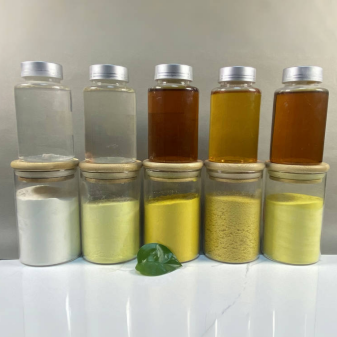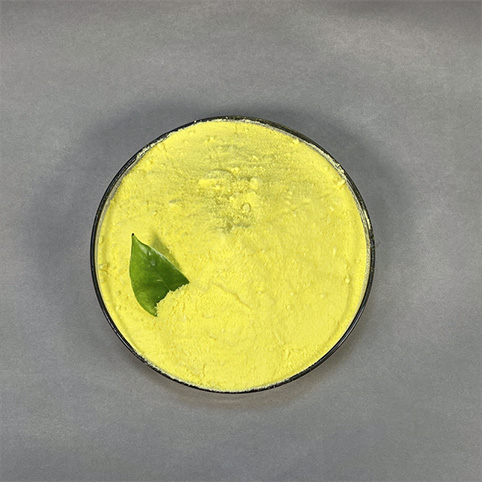Yuxinhuan water treatment flocculant manufacturer introduces to you: The recycling and reuse of urban sewage has been carried out
for more than 50 years. In terms of its reuse channels, there are roughly agricultural irrigation, industrial reuse, urban miscellaneous use, underground reinjection and daily drinking.
- Agricultural irrigation: Agricultural reform mainly includes water for crops, pastures, seedlings, agricultural and sideline products and freezing. The operation of Polyaluminium chloride includes applying sewage to the land for treatment and satisfactory plant growth.
The reuse of urban sewage for agricultural irrigation has a long history and the widest scope. Agricultural irrigation is the preferred target for sewage reuse for three reasons.
- Agricultural irrigation water consumption is large. Taking Beijing as an example, the amount of water used for agricultural irrigation is nearly twice that of industrial and domestic water consumption. Properly treated sewage used for agricultural irrigation can not only alleviate the contradiction between industry and agriculture for water, but also save high-quality water for urban life, which is conducive to the rational use of water resources.
- It can not only use the fertilizer effect of sewage, but also use the natural purification function of soil plant system to reduce pollution.
- The water quality requirements for irrigation water are relatively low, and generally no deep treatment of sewage is required, and the water production cost is relatively low.
- Industrial reuse: Industrial water accounts for a large proportion of urban water use. Faced with the reality of increasing fresh water shortage and rising water prices, industrial enterprises, in addition to trying their best to increase the recycling rate of water, must also gradually regenerate and reuse urban sewage. The favorable conditions are as follows:
- Industrial water users are close to the water supply source and can get it nearby, rather than long-distance diversion;
- The water source is stable, and there will be no serious water use problems during the dry season;
- The water from the secondary treatment of urban sewage treatment plants can meet the water quality requirements of many industrial departments with a little supplementary treatment, and the cost is much lower than long-distance drinking water.
- The tap water saved can be used by urban residents;
- Reducing the discharge of industrial wastewater is beneficial to environmental protection.
- Daily drinking:There are two types of urban sewage reuse for daily drinking, namely direct reuse and indirect reuse.
Direct reuse for drinking water is considered to be a planned reuse, that is, the final effluent from the treatment plant is directly injected into the domestic water distribution system. The use of sewage for daily drinking water after treatment is a very serious issue. The recycled sewage must be treated in multiple stages and in depth to ensure that the water quality strictly meets the “Daily Drinking Water Hygiene Standards” before it can be drunk.
Indirect reuse and drinking water refers to sewage in the upstream area of the river, which is discharged into the water body or infiltrated into the underground aquifer after purification, and then used as a source of drinking water downstream or in the area. This situation is currently common.


